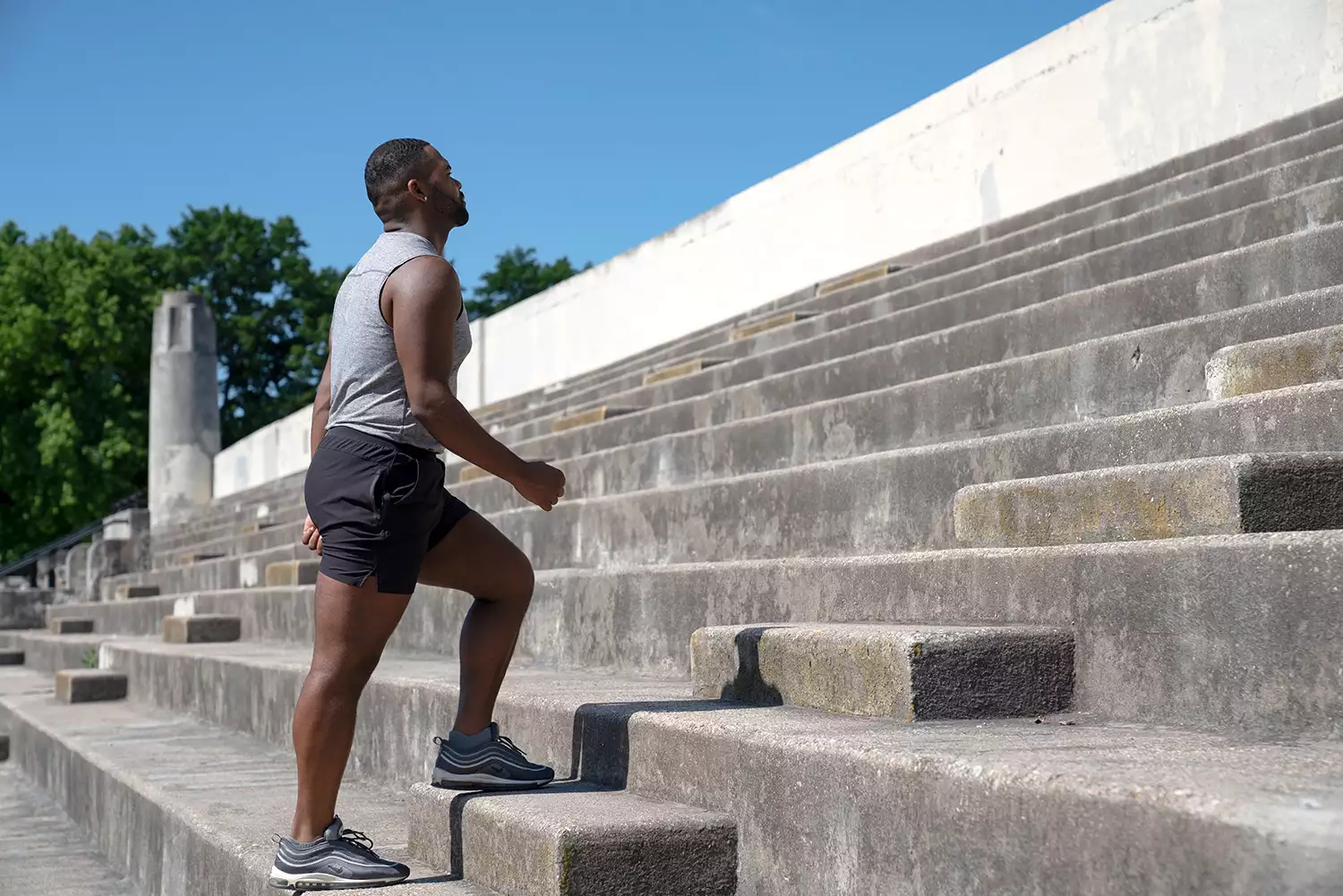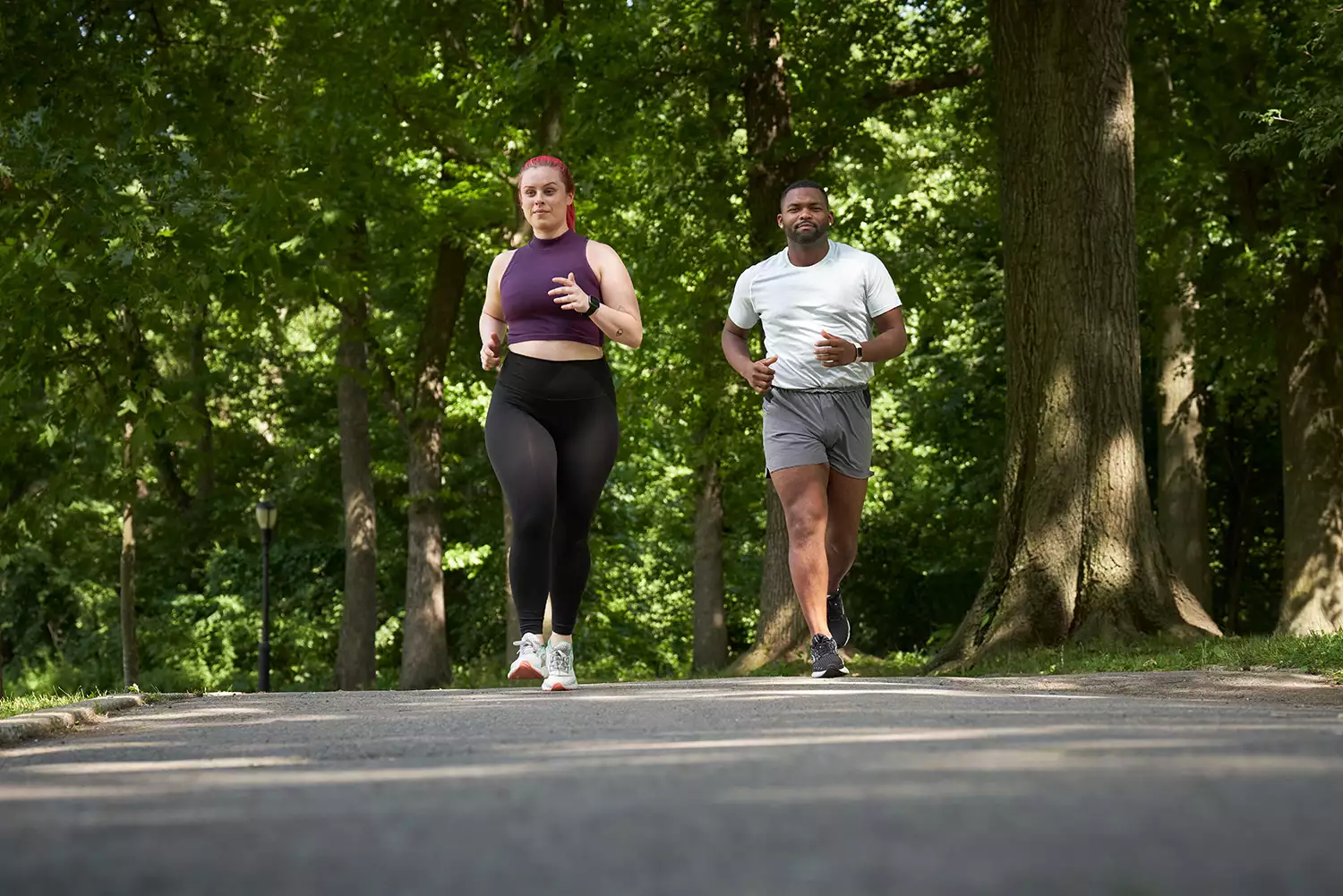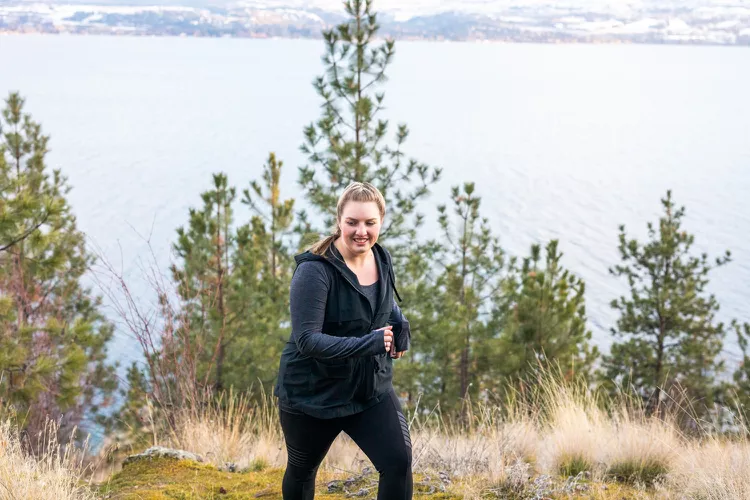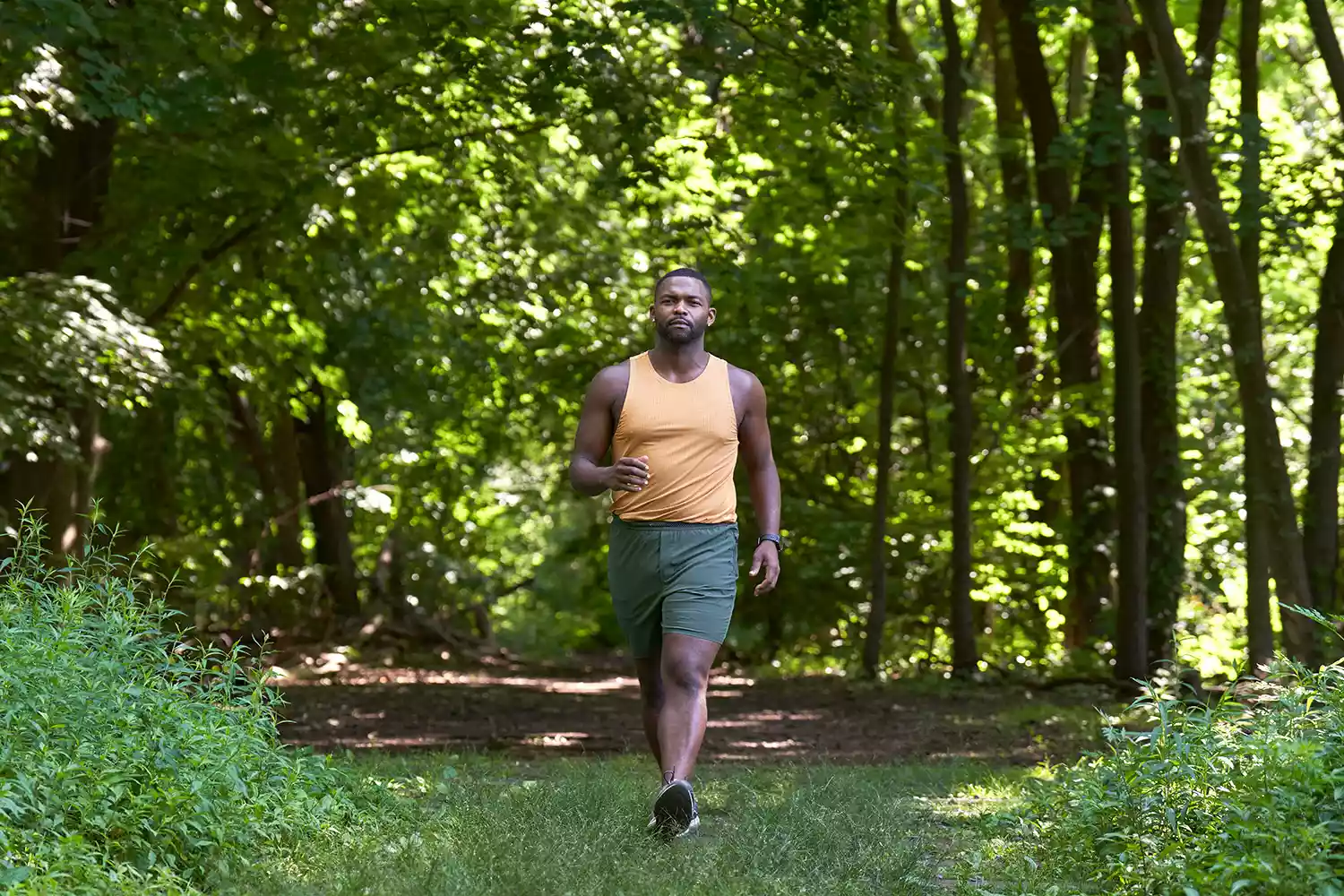For those who are attempting to burn fat, walking can likewise assist achieve your goals. Here is what you require to know about strolling to burn calories and fat.
Walking for Fat Loss
The very first is that you require to stroll with sufficient speed and/or strength to burn fat for energy. And the longer you walk, the more you burn saved fat (rather than the sugars your body uses for fast bursts of exercise).
What is the Fat-Burning Zone?
The American Heart Association (AHA) categorizes brisk strolling at a rate of 2.5 miles per hour as a moderate-intensity aerobic activity.2 According to the AHA, your target heart rate for exercising at this level of strength must be 50– 70% of your optimum heart rate. (For more energetic activities, your heart rate need to have to do with 70– 85% of your optimum heart rate.) 3.
Working out a low to moderate intensity can in fact assist you burn fat. That’s since the body uses kept fat as fuel compared to exercises of a higher strength, which count on carbs.4.
You can use a chart of heart rate zones by age to find the ideal numbers. There are likewise heart rate apps for your cell phone and pulse monitors developed into many activity screens and smartwatches.
When you are working out in this zone, you are breathing heavier, feeling increased effort, and most likely sweating, however you are still able to carry on a conversation.5 Beginners need to develop their walking time and speed slowly. A newbie’s strolling plan starts with 15 minutes daily, five days per week, working on excellent walking strategy. Increase walking time by 5 minutes per session weekly.
Ways to Boost Walking Intensity.
If you discover your heart rate is still listed below 60% of your maximum, you require to make your workout more extreme in order to burn fat. There are several methods to do this.
Add Distance and Time.
Make your walk longer to keep your body working harder. Walking extra minutes will burn more saved fat.
Walk Faster.
Deal with strolling much faster by using excellent posture, arm movement, and an effective stride. Even if you go out for a brief walk, goal to do it a little faster than normal. It may help to time yourself strolling a set path, and then challenge yourself to complete it a bit quicker each time you do it.
One study looked at people walking 3.6 miles per hour, 4.1 mph, and 4.6 mph. The acceleration to 4.6 mph burned more than 50% more calories than leaping from 3.6 mph to 4.1 miles per hour.6.
Add Intervals.
Use the above strategies to walk faster to include periods, where you rev up your speed for a set distance or time, alternating with a slower rate. Periods add intensity and also help to increase the general pace. Research on individuals with diabetes discovered that those who did interval strolling workouts for four months lost 6 times as much weight as those who walked at a constant pace.7.
Include Hills or Stairs.
Integrating hills or stair-climbing into a few of your strolls also assists keep you challenged and makes your exercise more extreme. If you don’t have access to a sloping outside route or stairs, you can utilize a treadmill (start with a small incline and develop to a steeper one) or stair-stepping machine at the gym.
And you don’t need to walk quickly on hills: One research study showed that walking slowly on a slope was an efficient workout that didn’t trigger stress on the knee joint, specifically for individuals who were obese.8.

Use Walking Poles.
When you walk with poles, you add strength (not to point out an upper-body exercise) without seeming like you are working much harder.
Skip Walking With Weights.
It may look like weights would improve strength, however if you weigh 150 pounds and walk for half an hour at 3.5 miles per hour with 5-pound weights, you burn only 10 more calories than you would have without the weights. And weights can really slow you down so you burn less calories. They likewise increase your danger of injury, so they simply aren’t worth using.
Switch Up Your Workouts.
For best outcomes, mix up different types of strolling exercises throughout the week: intervals, brief and quick strolls, long and moderate strolls. More meditative, mindful walks likewise have stress-reducing benefits. These strolls assist lower cortisol, which can add to weight gain.
If you can’t spend 45 constant minutes strolling, take advantage of the time you have. Fit in two to four 15-minute strolls at a brisk pace. You will be burning calories, constructing your walking speed and capability, and achieving the minimum recommended physical activity level for health.
It’s likewise a good idea to include other kinds of workout in your routine. Other moderate-intensity exercise activities include bike riding on level terrain, water aerobics, using an elliptical fitness instructor, ballroom dancing, gardening, and doubles tennis. Challenge your body in new methods and balance your muscle development by doing a variety of various physical activities.
In addition to burning fat, you are likewise constructing muscle and raising your basal metabolic rate. With an enhanced metabolic process, you are burning more calories all day.
Walkers who are training for a distance occasion, such as a half marathon or marathon, should walk at low to moderate intensity for their long day of distance training every week.
Sample Fat-Burning Walking Workout.
You can utilize a treadmill or stroll outdoors for this exercise. You will require excellent athletic shoes that are flat and flexible and have the proper support and cushioning for a long walk. Wear clothing that enables freedom of motion and wicks away sweat.
Warm up: Walk 5 to 10 minutes at a simple rate, increasing your speed gradually. As an outcome, your body gets ready to begin burning kept fat.
Speed up until you are in the fitness zone (heart rate of 60% to 70% of your optimum). Inspect your heart rate every 10 minutes to guarantee you are staying in the zone.
Walk in the fitness zone for 30 to 50 minutes or more. If your heart rate dips, get your speed.
Cool off: End with 5 to 10 minutes at a simpler speed for a cool-down.



